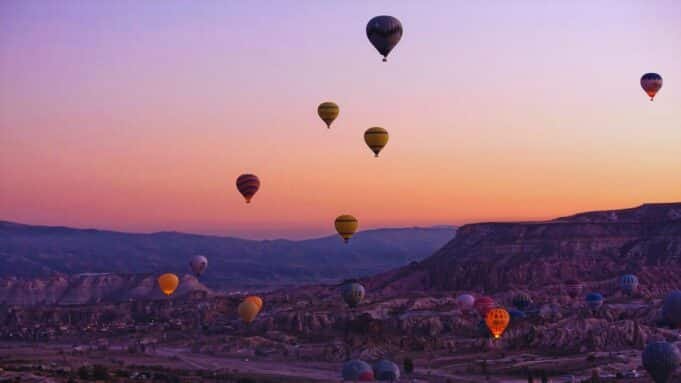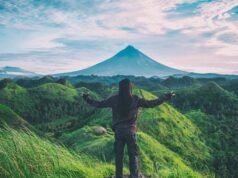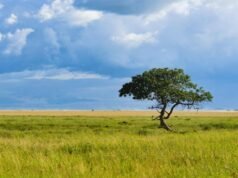Travel is one of the most enriching and memorable experiences life offers, but even the best-planned itineraries can miss critical details that shape the quality of a trip. While tourists often rely on guidebooks, social media, and review sites, experienced local guides draw on deep-rooted knowledge, instinct, and a trained eye for nuance.
Their insights can turn an average outing into a profound encounter with a place’s culture, landscape, and history. The gap between what tourists plan and what guides understand often defines the difference between surface-level tourism and unforgettable adventure.
Timing Can Make or Break an Experience
Most tourists base their schedules on general information, museum hours, weather reports, or popular time slots. But experienced guides know that the time of day, day of the week, or even the month can dramatically affect the quality of an experience.
Light conditions at sunrise or sunset can enhance natural scenery, wildlife is more active during specific hours, and crowds can be avoided entirely with clever timing. From expert-led fishing tours at Pyramid Lake to secluded treks in national parks, seasoned guides understand not only where to go but when to go. They build itineraries around tides, animal migrations, and local rhythms rather than rigid schedules. Tourists who trust these instincts are often rewarded with access to locations at their most breathtaking and least crowded moments, a payoff that no travel brochure can replicate.
The Real Story Often Lies Beneath the Surface
A city’s skyline or a landmark’s popularity might draw visitors, but the true stories often go unseen. Professional guides can unveil layers of culture, tradition, and political history that are invisible to the untrained eye. Whether it’s pointing out the subtle architectural details in an old cathedral or explaining the folklore behind a rural ritual, these insights enrich the experience in ways that search engines cannot.
Guides help travelers ask better questions and observe more deeply. While a typical tourist might marvel at a mural for its visual impact, a guide might share how it was part of a protest movement or created in collaboration with indigenous artists. These moments of revelation connect visitors emotionally to a destination and offer a richer, more responsible form of travel.
Safety Isn’t Just About Helmets and Waivers
Tourists often think of safety as something addressed by waivers and basic precautions. But guides understand that true safety includes terrain awareness, cultural sensitivity, and contingency planning. Whether you’re hiking through a remote canyon or kayaking along a rugged coastline, there are conditions, like flash floods, unpredictable wildlife, or sudden weather changes, that only someone with experience and local knowledge can anticipate.
They factor in personal health, hydration, and group dynamics, adjusting pace and intensity based on real-time observation. In unfamiliar environments, tourists often underestimate how easily fatigue or disorientation can set in. Guides take the guesswork out of exploration, allowing travelers to immerse themselves fully while remaining secure.
Local Customs and Etiquette Aren’t Always Obvious
Cultural misunderstandings can range from mildly awkward to deeply offensive. Something as simple as photographing a temple, making a hand gesture, or dressing inappropriately can strain relations with local communities. Experienced guides act as cultural interpreters, ensuring that travelers not only avoid missteps but also engage respectfully with the people and places they encounter.
They might teach a few local phrases, explain greeting customs, or suggest appropriate behavior during religious ceremonies. This kind of knowledge goes beyond politeness; it demonstrates humility and opens doors that are often closed to outsiders. The presence of a well-connected guide can secure access to hidden courtyards, private workshops, or off-limits natural reserves through earned trust.
Wildlife Encounters Are Not a Matter of Luck
Seeing animals in the wild is a highlight of many trips, but it’s not a guaranteed event. Unlike zoos, wild habitats don’t come with promise cards. Guides who specialize in wildlife tracking know how to read signs, interpret calls, and understand patterns that significantly increase the likelihood of sightings. They consider wind direction, feeding behaviors, and seasonal migration in a way that no online resource can replicate.
Even when animals aren’t spotted, guides add context by identifying tracks, explaining behaviors, and sharing conservation efforts. This creates a holistic understanding of the environment, shifting the experience from passive viewing to active participation in nature.
The Best Spots Aren’t on Google Maps
Tourists often gravitate toward destinations that are heavily marketed or reviewed. While these places can be worth visiting, they rarely reflect the full depth of what a region has to offer. Guides, those with long-standing ties to their area, know of quiet waterfalls, forgotten ruins, hidden eateries, and trails that don’t appear in tourist literature.
These lesser-known sites aren’t necessarily remote or difficult to reach; they’re just guarded by local knowledge. Visiting them adds a sense of discovery and authenticity to a journey, offering peace from the crowds and a glimpse into everyday life that most visitors miss entirely.

A well-informed guide doesn’t just lead you from point A to point B; they reveal a destination’s soul. From expert-led fishing tours to immersive heritage walks in ancient cities, guides transform routine visits into meaningful exploration. Trusting in their expertise opens doors that no itinerary can plan for and leaves you with stories that last far beyond your return home.















